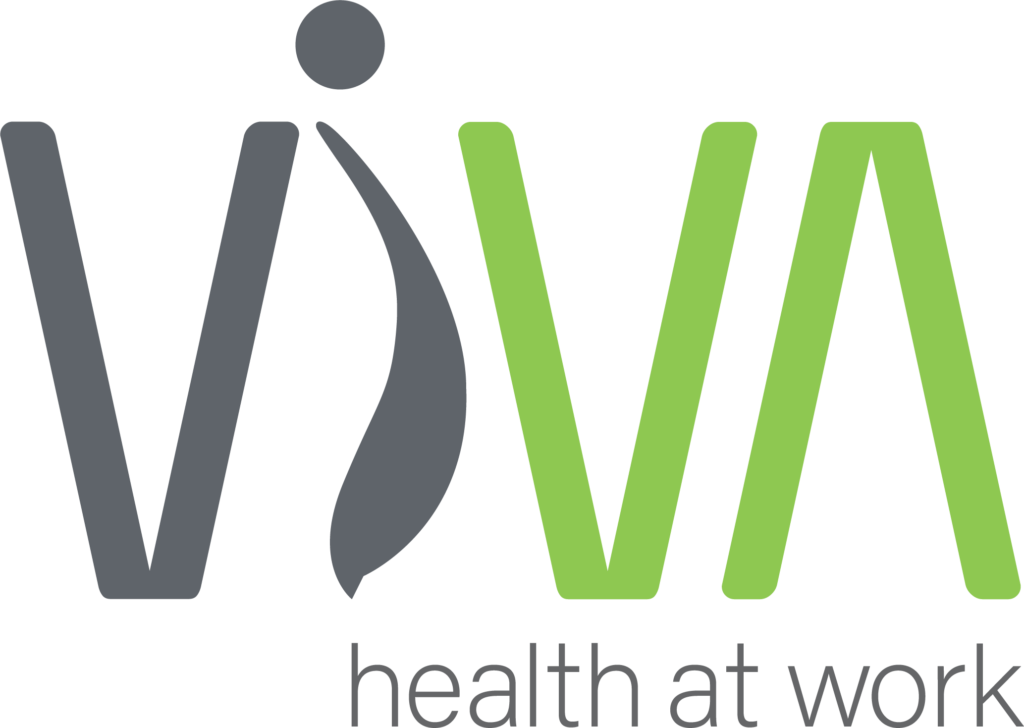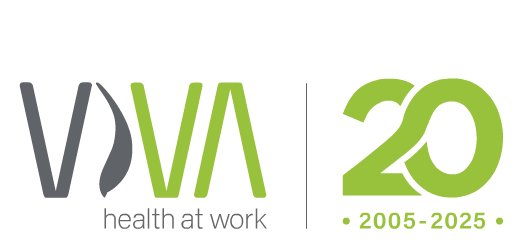RIVER FERRY WHEELHOUSE DESIGN STRATEGIES
ViVA provided the human-centred design specifications for the wheelhouse to support the procurement and design of a new fleet of local government river ferries.
PROJECT LEAD
PROJECT TEAM
PARTNERED WITH
In-house
Context
River ferries offer important, sustainable, eco-friendly public transit options, reducing road traffic congestion while supporting local economic development and waterfront urban development. River ferries link isolated communities, reduce reliance on road infrastructure, and promote active transportation. They can offer enjoyable, relaxing transit methods, and foster a sense of community and civic pride.
Challenge
A local government was expanding their river ferry fleet. They needed a review of their wheelhouse design to optimise productive, healthful, and safe operations.
Approach
The ViVA human factors and ergonomics team reviewed scientific literature, company health and safety data, and work schedules. They gathered empirical evidence from site visits, conducting hierarchical task analysis, environmental reviews, and interviews with experienced and knowledgeable ferry operators and maintainers. The review focused on steering and morse control approaches, berthing and visual scanning demands, and egress and ingress to access the wheelhouse.
Outcomes
ViVA developed the human-centred design specifications for the local government’s wheelhouse, outlining considerations of human capabilities, threshold tolerances of population norms, anthropometric guidelines, task requirements, and varied tactics. The specifications included wheelhouse devices, controls, displays, fit-out, and furnishings.
Image credit: RiverCity Ferries

